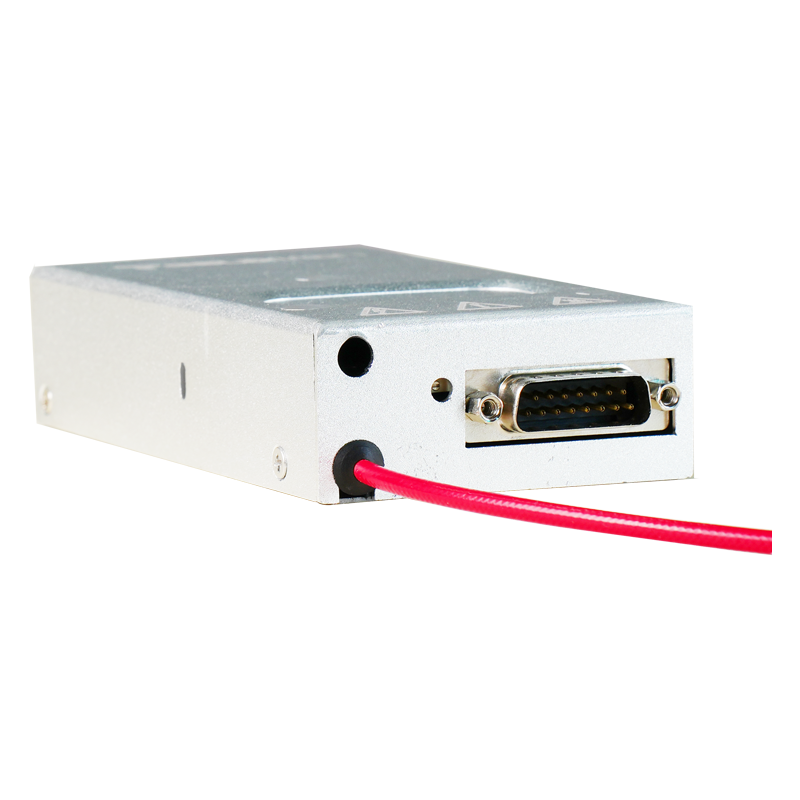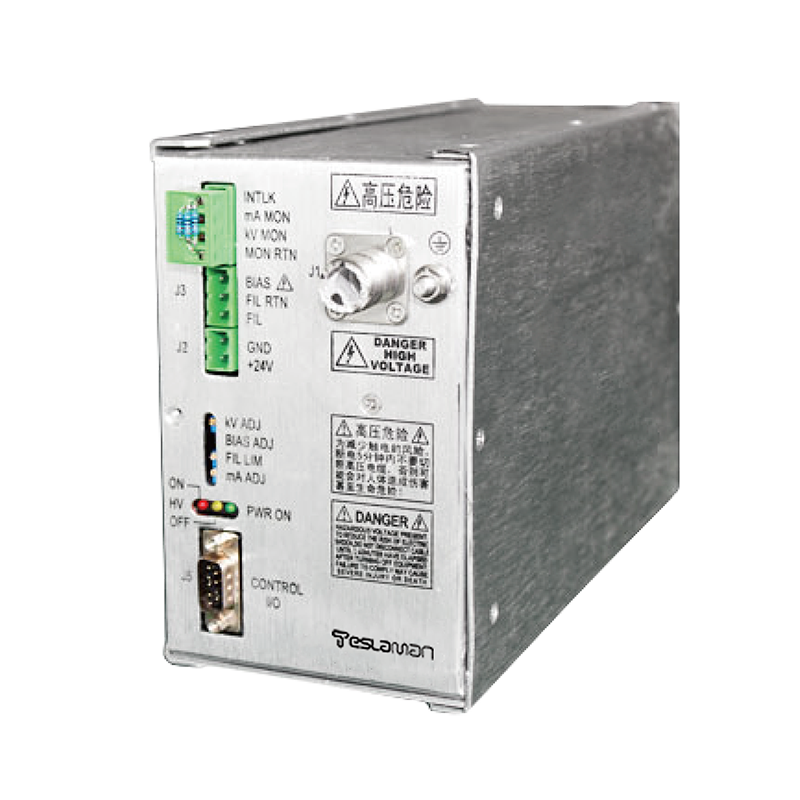Defect Location Accuracy of High Voltage Power Supply for Nondestructive Testing
In modern industrial production and infrastructure maintenance, nondestructive testing technology is an important means to ensure product quality and structural safety. The high voltage power supply for nondestructive testing, as a key component of many nondestructive testing methods, its performance, especially the defect location accuracy, is directly related to the reliability and effectiveness of the test results.
The high voltage power supply for nondestructive testing applies a specific electric or magnetic field to the object being tested. It utilizes the differences in electromagnetic characteristics between the defective areas and normal regions of the material to achieve defect detection and location. For example, in eddy current testing, the high voltage power supply generates an alternating current to excite the detection coil to produce an alternating magnetic field. When there are defects in the object being tested, the eddy current distribution at the defect locations will change, which in turn causes a change in the induced voltage of the detection coil. The defect location is determined by analyzing this change. In X ray testing, the high voltage power supply provides a high voltage for the X ray tube, and the generated X rays penetrate the object being tested. Since the absorption of X rays by defects and normal materials is different, different images are formed on the imaging plate or detector, thus achieving defect location.
However, the defect location accuracy of the high voltage power supply for nondestructive testing is restricted by many factors. The stability of the power supply is one of the key factors. If there are fluctuations in the output voltage or current of the high voltage power supply, it will lead to instability of the detection signal and interfere with the accurate identification of the defect signal. For example, a slight fluctuation in voltage may mask the change in the induced voltage in eddy current testing, or make the X ray intensity unstable in X ray testing, affecting the imaging quality and thus reducing the accuracy of defect location. In addition, the performance of the detection probe also has a significant impact on the location accuracy. The sensitivity, resolution of the probe, and its coupling degree with the object being tested will all affect the acquisition and transmission of the detection signal. A low sensitivity probe may not be able to capture weak defect signals, and insufficient resolution makes it difficult to accurately distinguish the locations of adjacent defects. At the same time, the material properties and shape complexity of the object being tested will also increase the difficulty of defect location. The electromagnetic properties of different materials vary greatly, and complex shaped objects may generate electromagnetic interference, resulting in distortion of the detection signal and affecting the defect location accuracy.
To improve the defect location accuracy of the high voltage power supply for nondestructive testing, efforts need to be made in many aspects. In power supply design, advanced voltage and current stabilization technologies are adopted, equipped with a high precision feedback control system to monitor and adjust the power supply output in real time to ensure the stability of voltage and current. At the same time, the internal circuit layout of the power supply is optimized to reduce electromagnetic interference. For detection probes, products with high sensitivity and high resolution are selected, and reasonable selection and calibration are carried out according to the characteristics of the object being tested. In addition, signal processing and data analysis technologies are used to denoise, enhance, and extract features from the detection signal to improve the 辨识度 of the defect signal. In actual testing, multi modal testing methods can also be used, combining the advantages of multiple nondestructive testing techniques to mutually confirm the test results and further improve the accuracy of defect location.
High precision defect location is of great significance for industrial production. In the aerospace field, it can accurately detect the tiny defects of aircraft components to ensure flight safety; in pipeline inspection, it can accurately locate the corrosion, cracks, and other defects inside the pipeline, providing a basis for timely maintenance and avoiding the occurrence of leakage accidents.
In conclusion, the defect location accuracy of the high voltage power supply for nondestructive testing is affected by many factors. By optimizing power supply design, improving probe performance, improving signal processing technology, and adopting multi modal testing methods and other measures, the defect location accuracy can be effectively improved, providing a strong guarantee for the safe operation of industrial production and infrastructure.




















